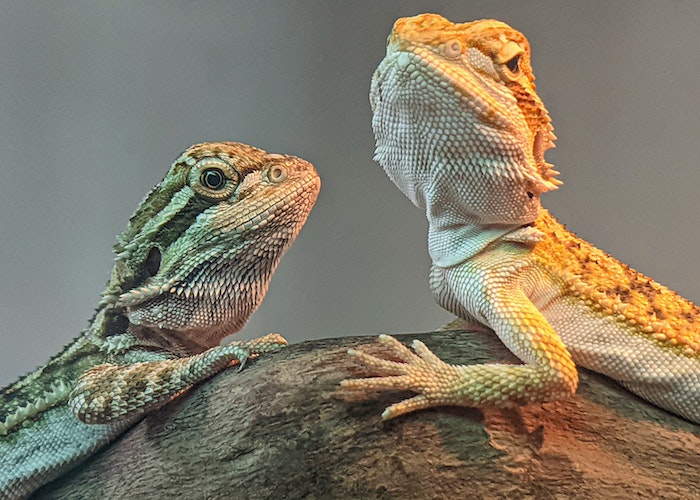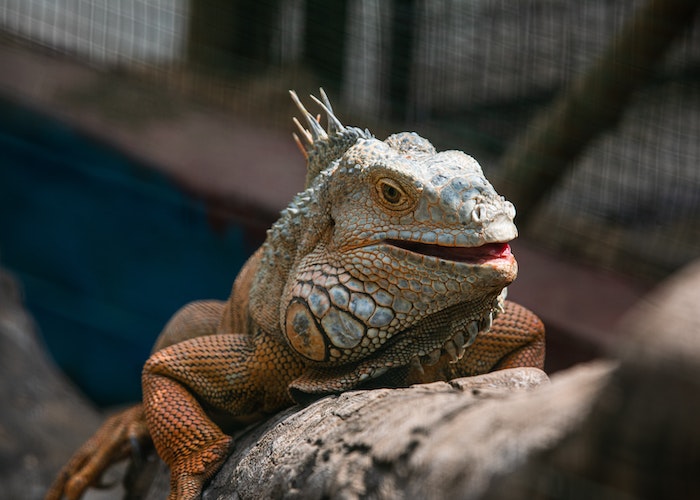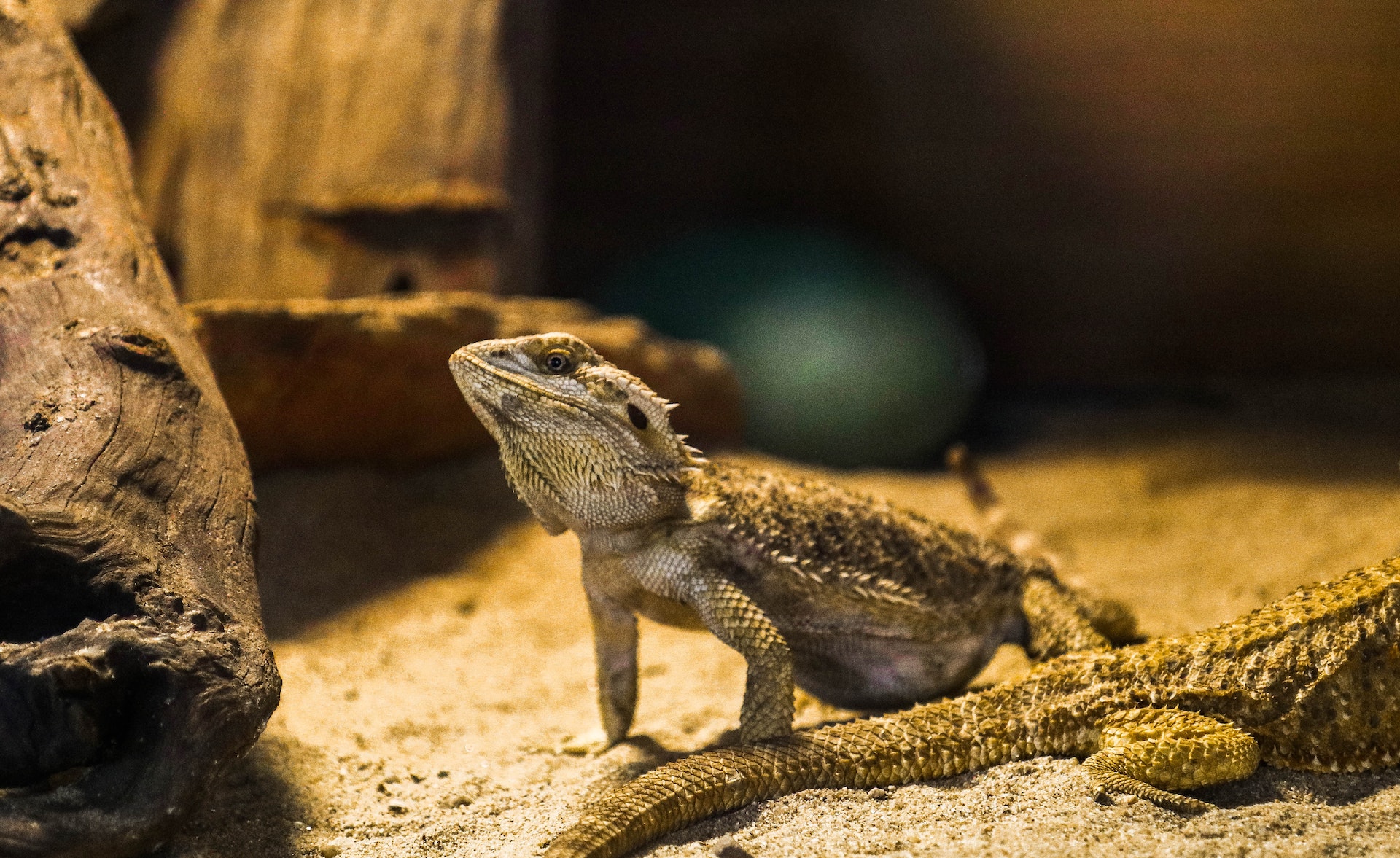Do you know how to understand bearded dragons behavior?
Bearded dragons, known for their unique appearance and docile nature, have become increasingly popular as pets. To provide the best care for these fascinating reptiles, it is essential to understand their behavior. By decoding their actions and body language, we can gain valuable insights into their needs, emotions, and overall well-being. This in-depth guide aims to help you understand your bearded dragon’s behavior, enabling you to create a nurturing environment and strengthen your bond with your scaly companion. From their natural instincts to social interactions and health indicators, we will explore the various aspects of their behavior, providing practical tips and advice along the way. Let’s embark on this enlightening journey to better understand your bearded dragon!
Please visit some related posts
How to manage territorial nature of bearded dragon
How to recognize behavioral issues in bearded dragon
How to socialize bearded dragon
Some advices to understand bearded dragon’s behavior

1. The Nature of Bearded Dragons
Bearded dragons, or Pogona vitticeps, are native to the arid regions of Australia. Understanding their natural habitat and behavior in the wild is crucial for comprehending their captive behavior. In the wild, bearded dragons are diurnal reptiles with specific adaptations that aid their survival. These adaptations include their unique appearance, basking behavior, and communication methods.
2. Body Language and Communication
Bearded dragons communicate through various body language cues, which can provide insights into their emotional state and intentions. Understanding these cues is essential for interpreting their behavior accurately. We will explore their posture, gestures, beard puffing, tail movements, and vocalizations to decipher their messages.
3. Feeding Behavior and Dietary Needs
As omnivores, bearded dragons have specific dietary requirements. Understanding their feeding behavior and preferences is crucial for maintaining their health and well-being. We will discuss their natural diet, feeding frequency, recognizing hunger cues, providing a balanced diet, and addressing common feeding challenges.
4. Environmental Factors and Behaviors
Creating an appropriate environment is vital for the overall happiness and health of your bearded dragon. We will delve into the impact of temperature, lighting, and humidity on their behavior. Additionally, we will discuss the significance of habitat enrichment and proper substrate choices to promote natural behaviors and reduce stress.
5. Social Interactions and Territory
Bearded dragons exhibit fascinating social behaviors, including dominance displays, submission postures, and territoriality. Understanding their social interactions can help you create a harmonious environment when housing multiple dragons. We will explore their hierarchy, aggression, courtship rituals, and socialization techniques.
6. Reproductive Behavior and Breeding Season
During the breeding season, bearded dragons exhibit distinct behaviors related to mating and reproduction. Understanding these behaviors is crucial if you plan to breed your dragons or care for them during this period. We will discuss courtship rituals, egg-laying behavior, nesting requirements, and potential challenges during breeding.
7. Health Indicators and Stress Signals
Monitoring your bearded dragon’s behavior is an important aspect of ensuring their well-being. We will explore signs of a healthy dragon, common stressors that can impact their behavior, and how to recognize abnormal behaviors as potential health issues. It is vital to seek veterinary assistance when necessary to address any health concerns promptly.
There are some nature’s of Bearded Dragons

1. Basking
Basking is a common behavior for bearded dragons. It involves sitting under a heat lamp or other source of heat to regulate their body temperature. Basking can also be a way for bearded dragons to absorb essential UVB rays, which are necessary for their overall health.
2. Head Bobbing
Head bobbing is a common behavior for male bearded dragons. It is a way for them to establish dominance and assert their territory. Female bearded dragons may also head bob, but it is less common.
3. Arm Waving
Arm waving is another behavior that is more commonly seen in male bearded dragons. It is a submissive behavior that they use to communicate with other dragons. Bearded dragons will also arm wave to show submission to their owners.
4. Glass Surfing
Glass surfing is when a bearded dragon repeatedly runs along the side of their enclosure. This behavior can be caused by stress, boredom, or a desire for attention. It is important to ensure that the bearded dragon’s enclosure is large enough and provides adequate stimulation to prevent glass surfing.
5. Tail Wagging
Tail wagging is a sign of agitation or aggression in bearded dragons. It is important to be cautious when a bearded dragon is tail wagging, as they may be preparing to strike.
6. Brumation
Brumation is a hibernation-like state that bearded dragons enter during the winter months. During brumation, bearded dragons will become less active and eat less frequently. It is important to monitor bearded dragons during brumation to ensure that they are healthy and not losing too much weight.
7. Puffing Up
Puffing up is a defense mechanism that bearded dragons use to make themselves look larger and more intimidating to potential predators. It can also be a sign of aggression or stress.
Conclusion
In conclusion, understanding your bearded dragon’s behavior is essential to providing them with the best care possible. By recognizing common behaviors such as basking, head bobbing, arm waving, glass surfing, tail wagging, brumation, and puffing up, owners can ensure that their bearded dragon is happy and healthy. If you notice any concerning behaviors or changes in your bearded dragon’s behavior, it is important to seek veterinary care. Understanding your bearded dragon’s behavior is key to providing them with optimal care and a fulfilling life. By decoding their body language, addressing their dietary needs, creating a suitable environment, and recognizing potential health issues, you can enhance their overall well-being and strengthen your bond. This comprehensive guide has equipped you with the knowledge and insights needed to navigate the intricacies of bearded dragon behavior. Remember to observe your dragon closely, be patient, and continuously learn from their actions. With this understanding, you can become a knowledgeable and attentive caregiver for your bearded dragon, ensuring they thrive in their captive environment.
